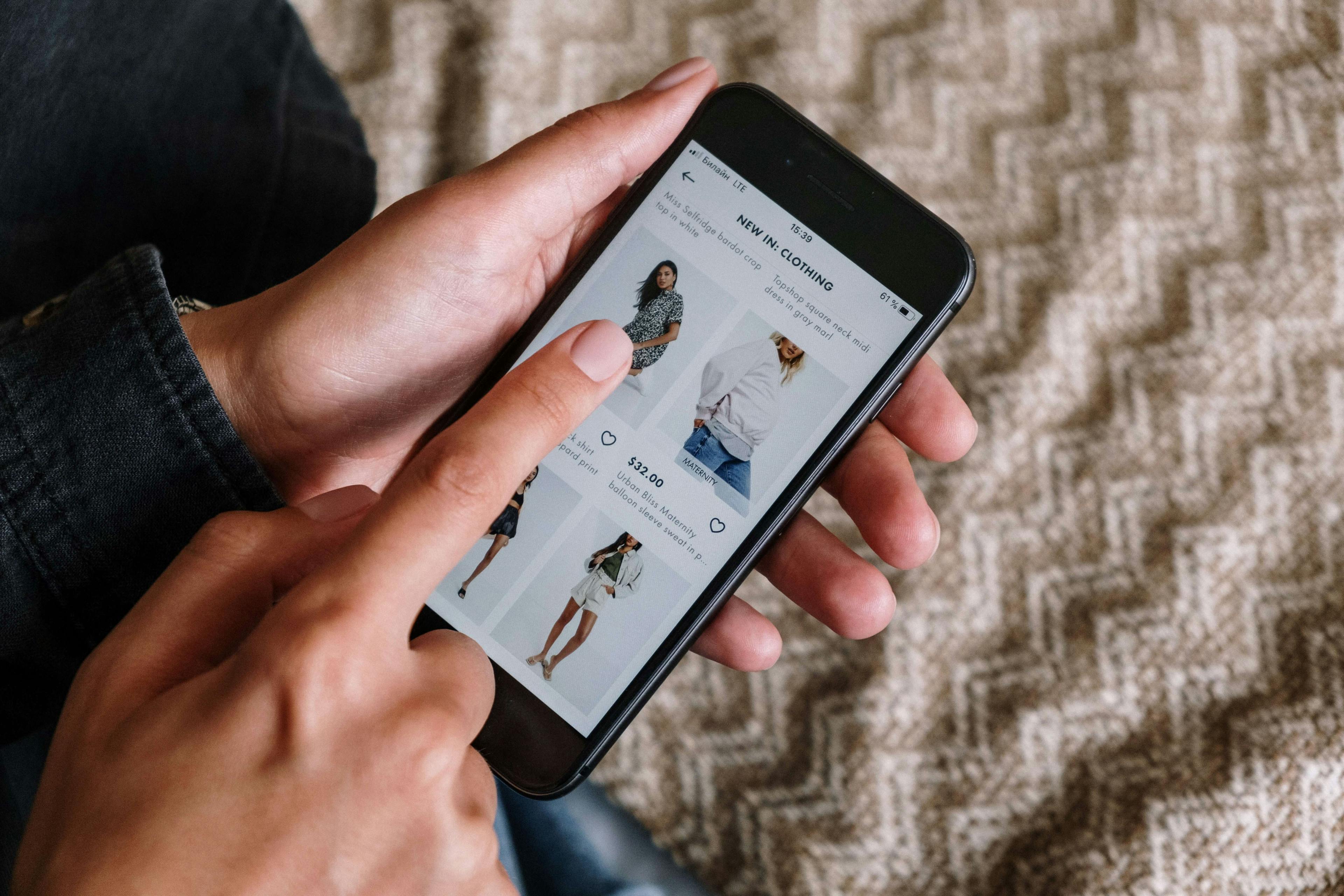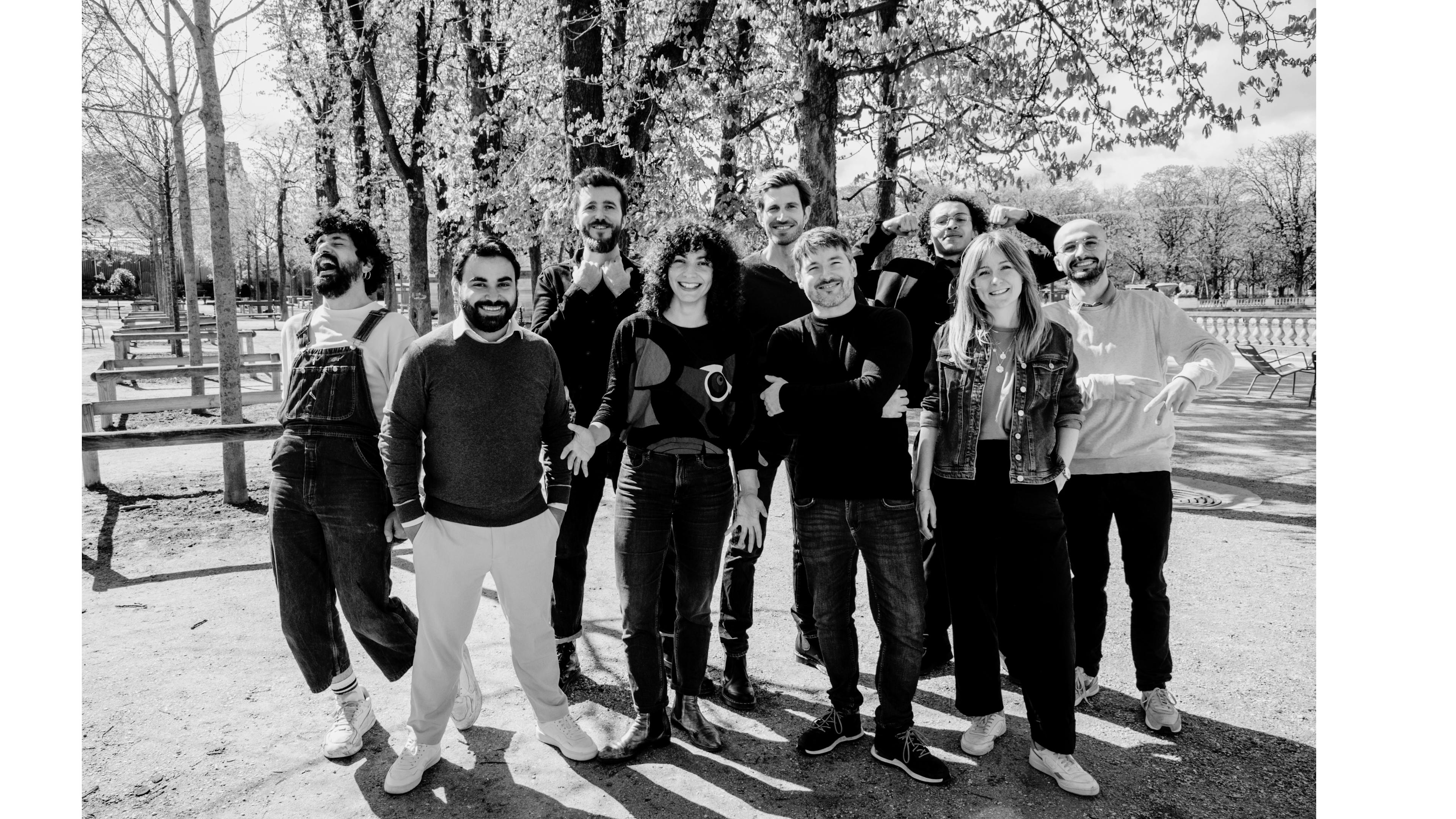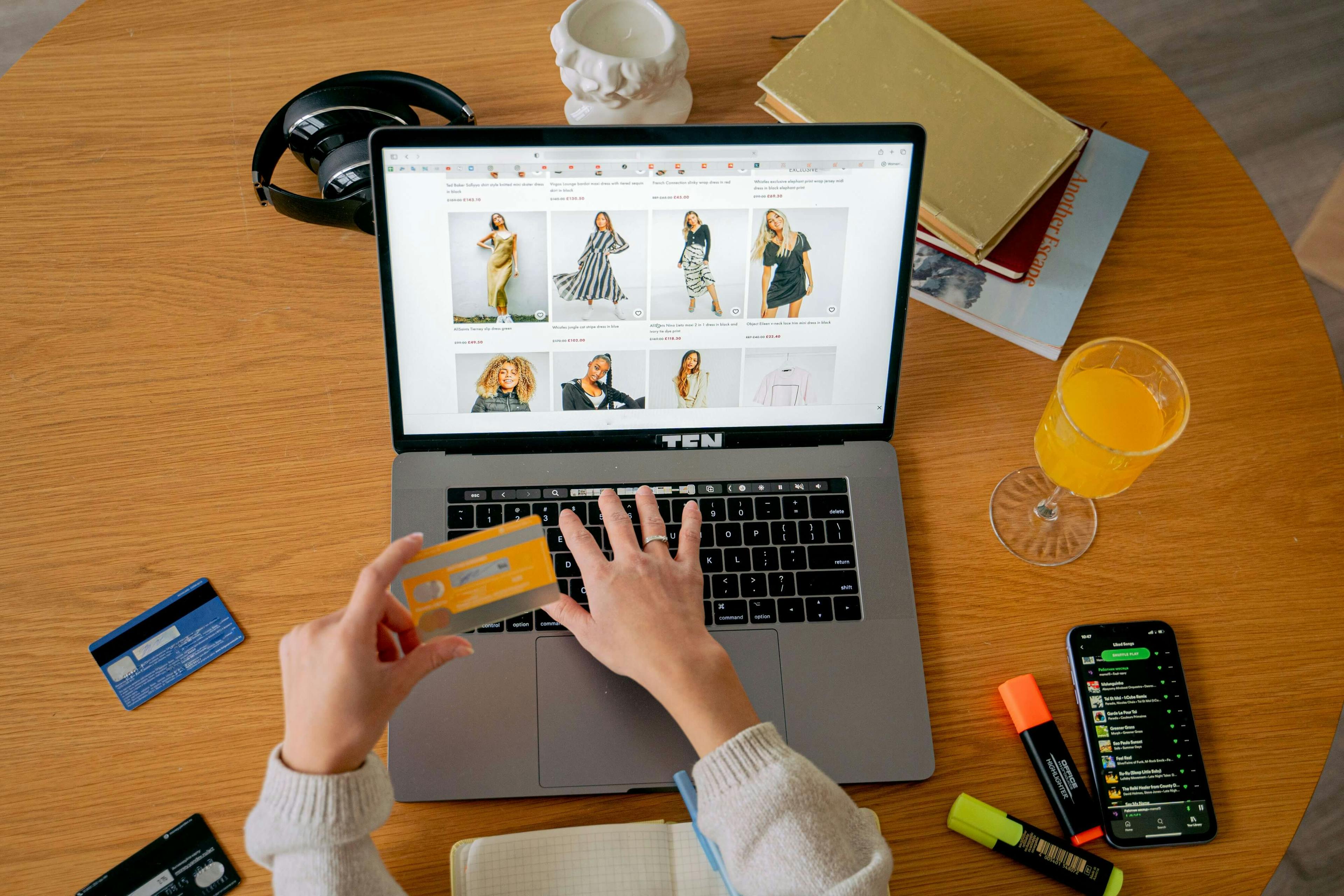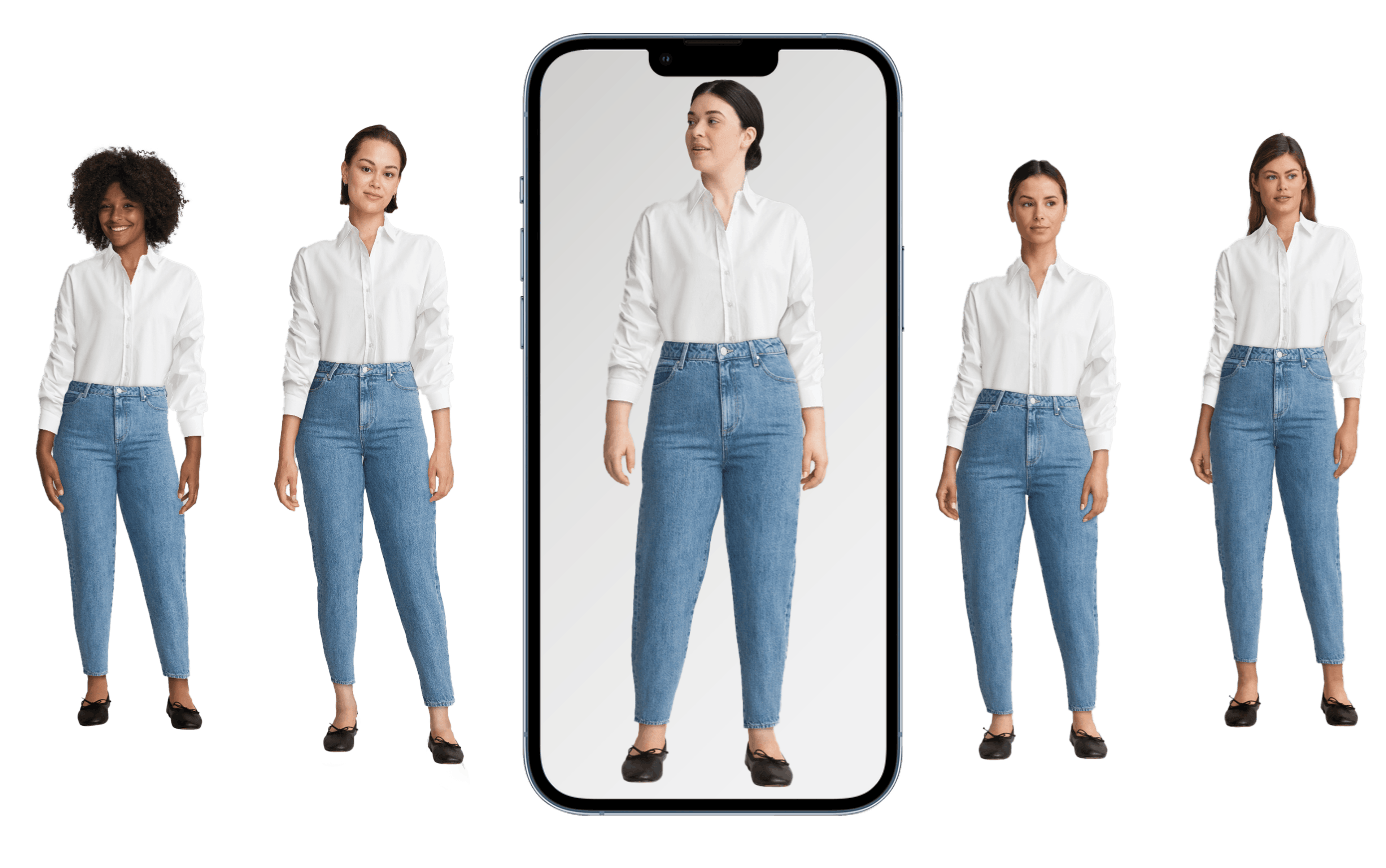
Myth 1: Virtual fittings are not realistic, because you can't actually try on the clothes.
In the fashion e-commerce sector, virtual fitting has become a must-have feature, but it remains a controversial subject for some.In a series of articles, we're going to demystify the myths surrounding virtual fitting. The first is that virtual fitting is ineffective because it doesn't offer a real fitting experience. We can start by recalling that e-commerce customers are those who rarely, if ever, visit physical stores, for a number of reasons: lack of time, no attraction to in-store waiting, especially for fitting room queues. Brands need to be able to adapt to these customers, because the need remains the same: to buy clothes. And, as in a physical store, this purchase is based on several aspects and questions: "does it fit me", "do I like it", "what would it go with"... The virtual fitting experience answers these questions by reproducing as closely as possible the fitting room in a physical store.
I. How does virtual fitting work and what are its advantages?
Many believe that virtual fitting lacks precision and realism, but it's essential to bear in mind that it relies on advanced technologies such as artificial intelligence (AI), augmented reality or other cutting-edge algorithms, offering experiences that are closer than ever to reality.
1) Virtual fitting technologies: 3D, Augmented Reality, generative AI
Understanding how virtual fitting works is important for breaking down preconceived ideas on the subject. The most popular technologies for setting up virtual fitting experiences are:
- 3D: it's the creation of 3D digital avatars based on consumers' measurements (height, weight, morphology...) and also 3D modeling of garments to give consumers a 360° view of how the garments will look. This type of technology is more common among luxury brands, due to its relatively high cost.
The Hugo Boss brand has used this technology to integrate a virtual fitting solution for its customers on its website.
- Generative AI: this technology is an algorithm trained to instantly recreate images, pixel by pixel, giving a reliable, photorealistic result. This technology is particularly interesting for virtual fitting, as it can create thousands, even millions of images of garments worn by different models.
The experience launched by Veesual for the Gemo is based on this technology.
- Augmented reality: this means overlaying clothing on an image, or in real time on the body, using AR filters for example. This technology has a gamification aim, which can be a useful bias for brands.
The Havaianas brand has used augmented reality on their collection of flip-flops.
2) Virtual fittings offer several benefits
Whether on the customer or brand side, virtual fitting offers several advantages.
On the one hand, customers save time by virtually trying on garments without leaving home, thus eliminating the need to visit a store.
What's more, the online shopping experience becomes simpler as size issues are lifted. Consumers can buy with confidence, without fear of how the clothes will look.
On the brand side, in addition to being a source of differentiation, virtual fitting increases conversions. Studies have shown that purchase intent increases by 200% when consumers see clothes worn by mannequins who look like them.
This purchase intention is justified by the fact that, as consumers are able to visualize the garments, they are more confident about how the product will look and feel.
Virtual fittings also help to reduce the cost of returns, and therefore operational costs, as customers buy more thoughtfully (with the right sizes and styles).
Last but not least, it improves customer knowledge thanks to the data collected, which will help brands to adapt their products accordingly.
II. Veesual: virtual fitting on models
1) Mix&Match and Switch Model experiences
Veesual develops augmented e-commerce experiences for fashion retailers. So far, two experiences have been developed: the Mix&Match and the Switch model.
The first experience, called "Mix&Match", enables consumers not only to compose their own looks, by assembling tops, bottoms, jackets & accessories. They can also browse brand collections from the same experience page.
The "Switch Model" experience allows consumers to choose the model with whom they identify, according to morphology, size, origin, hair color, etc.
The aim of the Switch Model is to visualize the same garment on different models, making it easier to compare cuts and sizes.
These two Veesual experiences enable brands to offer their customers dynamic, engaging and personalized shopping experiences, with the aim of maintaining the same standard as in physical stores.
2) Fashion e-commerce experiences that boost brand KPIs
Veesual has implemented its experiences with a number of brands, including La Redoute, Gémo and Jules. Each of these brands implemented the Mix&Match and Switch Model in several collections, whether swimwear, suits, or men's/women's ready-to-wear... For each experience, the goals were product discovery, inclusion, customer engagement and conversion.
As a result of the various experiences, some very interesting KPI's were identified.
A comparison of customer engagement between customers who go through the experience and those who follow a classic path showed a +60% rate of engagement for the brands.
This engagement is all the more marked by the number of outfits created by consumers prior to their purchases (numbering in the hundreds of thousands for each brand).
In terms of business and ROI, an increase in conversion rates and average shopping baskets has been noted (e.g. La Redoute +1 pt conversion rate on the bath collection and a conversion rate approaching 60% in ready-to-wear).
These various indicators show the relevance of an enriched shopping experience, and the importance for fashion brands of making their customer paths more dynamic.
RESOURCES
Discover our new article

Veesual raises 5 million euros
We are thrilled to announce that AVP and Techstars are joining our journey at Veesual. This exciting development marks a significant milestone as we aim to become a global leader in AI-powered image-generation technologies for fashion.

Why does personalization make a difference in fashion e-commerce?
Nowadays, fashion e-commerce is a very competitive sector, with increasingly demanding customers. Fashion brands have to find solutions to stand out, increase their performance and satisfy their customers. It's no longer just about offering the best products, but also about providing an impeccable shopping experience. Personalization is a solution to meet this challenge.

Myth 1: Virtual fittings are not realistic, because you can't actually try on the clothes.
In the fashion e-commerce sector, virtual fitting has become a must-have feature, but it remains a controversial subject for some.In a series of articles, we're going to demystify the myths surrounding virtual fitting. The first is that virtual fitting is ineffective because it doesn't offer a real fitting experience. We can start by recalling that e-commerce customers are those who rarely, if ever, visit physical stores, for a number of reasons: lack of time, no attraction to in-store waiting, especially for fitting room queues. Brands need to be able to adapt to these customers, because the need remains the same: to buy clothes. And, as in a physical store, this purchase is based on several aspects and questions: "does it fit me", "do I like it", "what would it go with"... The virtual fitting experience answers these questions by reproducing as closely as possible the fitting room in a physical store.

